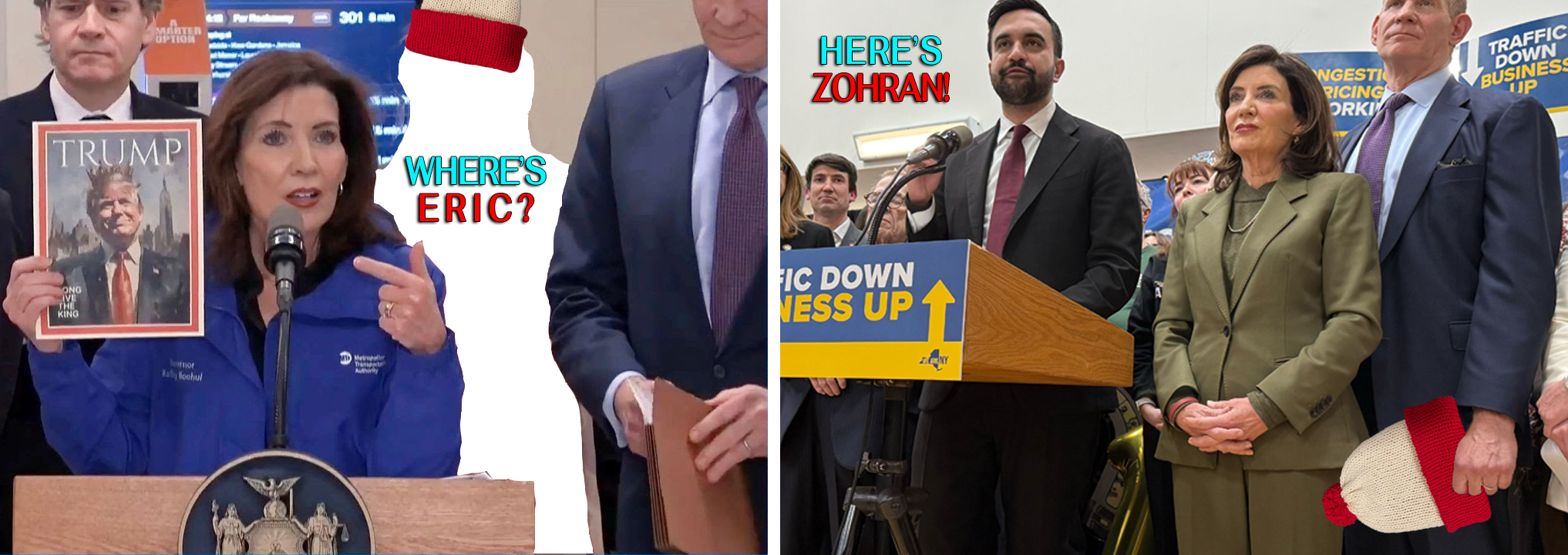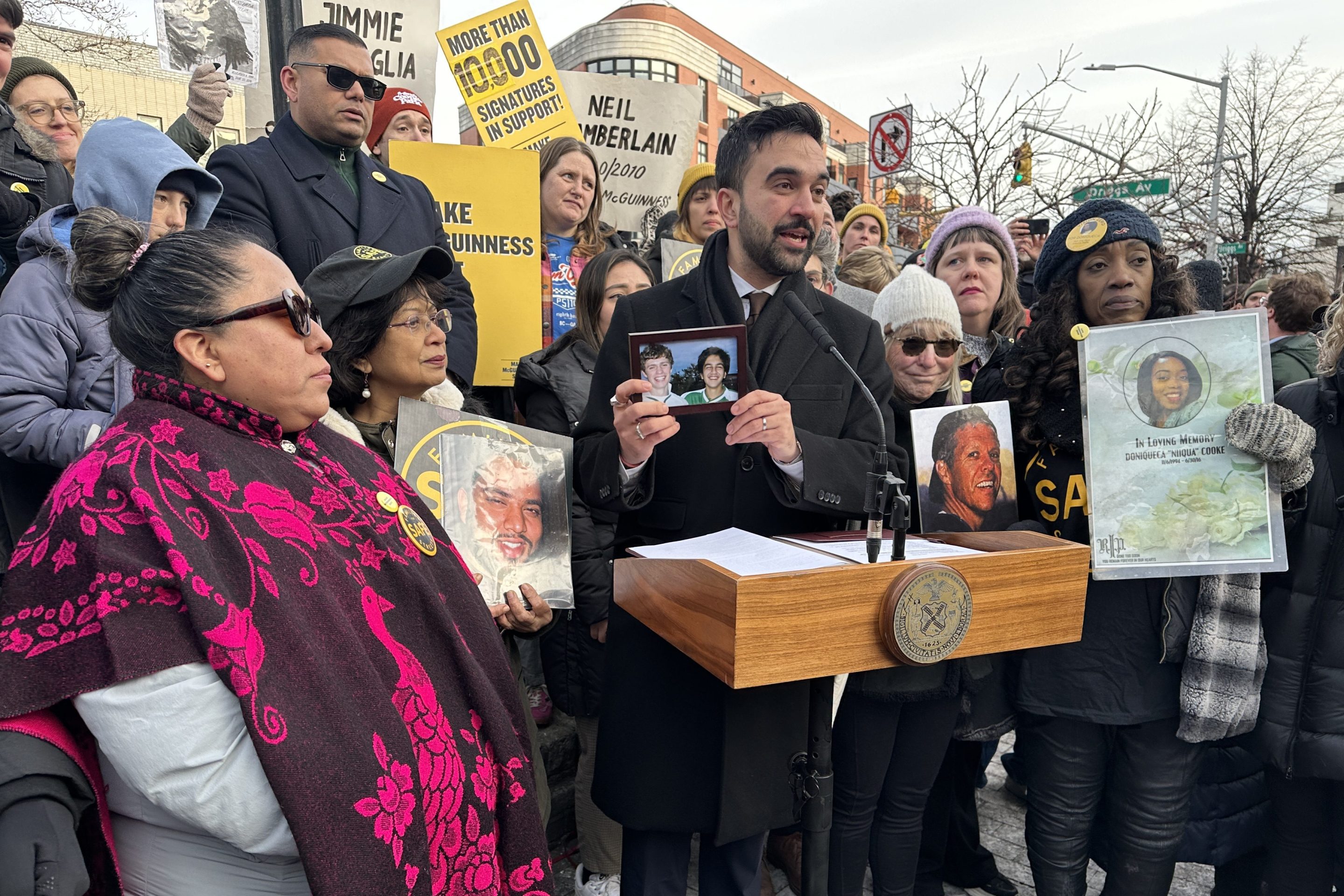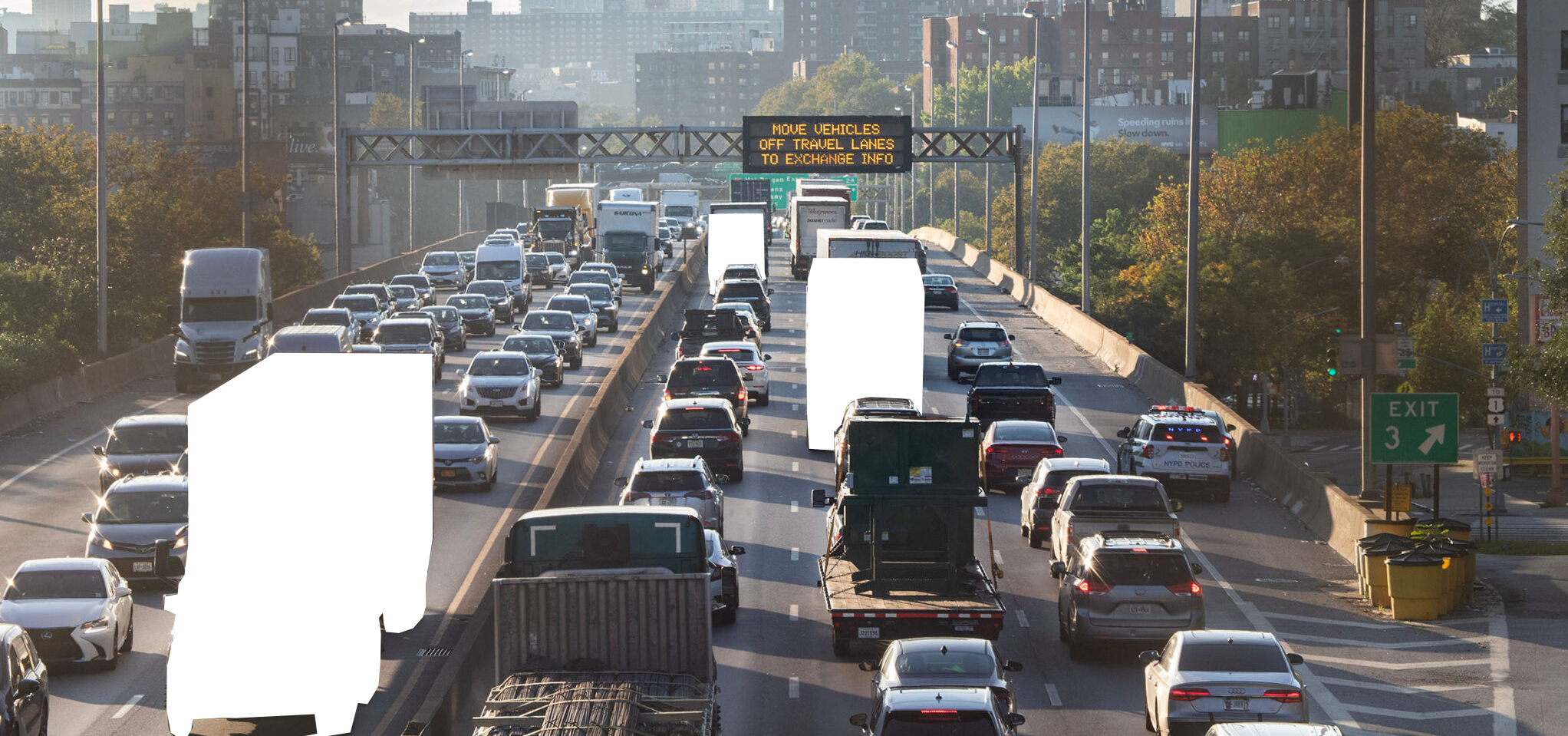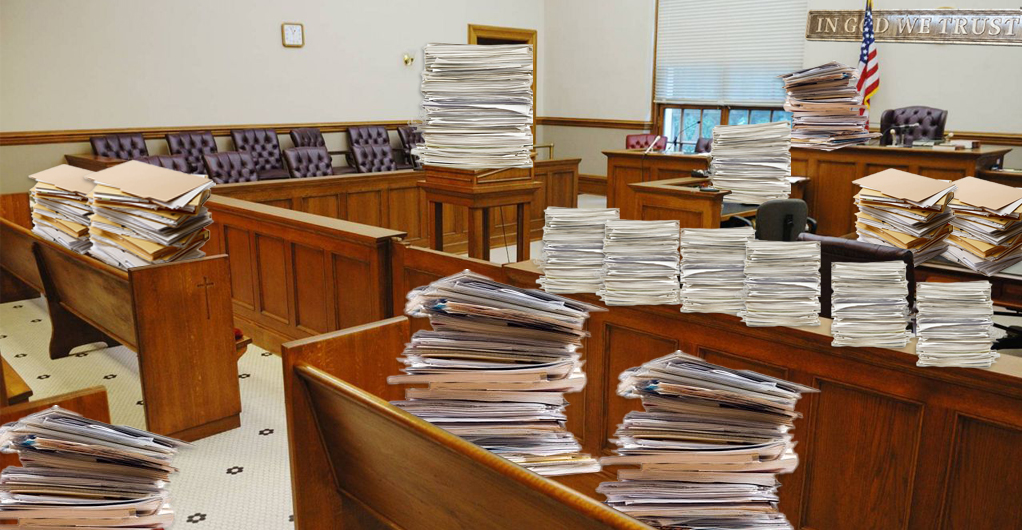With Bernie Sanders pulling off a virtual tie with Hillary Clinton in the Iowa caucuses, it's time to take a closer look at his transportation policy platform.

Two months ago, Clinton released a transportation platform that echoes a lot of the Obama administration's agenda without including any ideas that might really upset the highway-centric status quo. Does Sanders do any better?
On Cities
Campaign finance reform, inequality, and climate change are the issues Sanders is running on -- issues specific to cities aren't central to his message. His website does have a section on "improving the rural economy" where he mentions the state of Iowa, specifically, eight times. In fairness, platforms like that are common among all the candidates, thanks to a primary process that lavishes attention on voters in Iowa and New Hampshire.
On Transportation
We do have an inkling of how President Sanders would try to handle transportation policy, thanks to a Senate bill he introduced last year and his climate plan, which touches on transportation.
The legislation proposed increasing federal infrastructure funding to $1 trillion over five years. Of that, $773 billion would be dedicated to transportation -- more than two-and-a-half times what was allocated in the five-year bill that Congress just passed.
This is an enormous increase, and the proposal is hard to take seriously as anything other than an aspirational goal post. Sanders has said it could be paid for entirely by a tax on overseas profits. (Congress is unlikely to sign off on anything like that; Obama proposed dramatically increasing funding for transportation a number of times but never succeeded.)
Sanders frames his infrastructure proposal largely as a jobs program, not as a way to shift spending priorities. The bill calls for across-the-board increases to established programs, and doesn't appear to contain safeguards to prevent runaway highway spending. There are significant increases for the multi-modal TIGER program and intercity rail, and the establishment of a national infrastructure bank, but the resources set aside for those programs would be dwarfed by the new money available for highway-centric state DOTs.
The most encouraging transportation policy plank is in his climate plan, which includes calls to invest in walking, biking, transit, and intercity rail. But it's the centerpiece of the plan, a carbon tax, that would do the most to encourage walkable development and more efficient forms of transportation -- if it can ever get through Congress.





